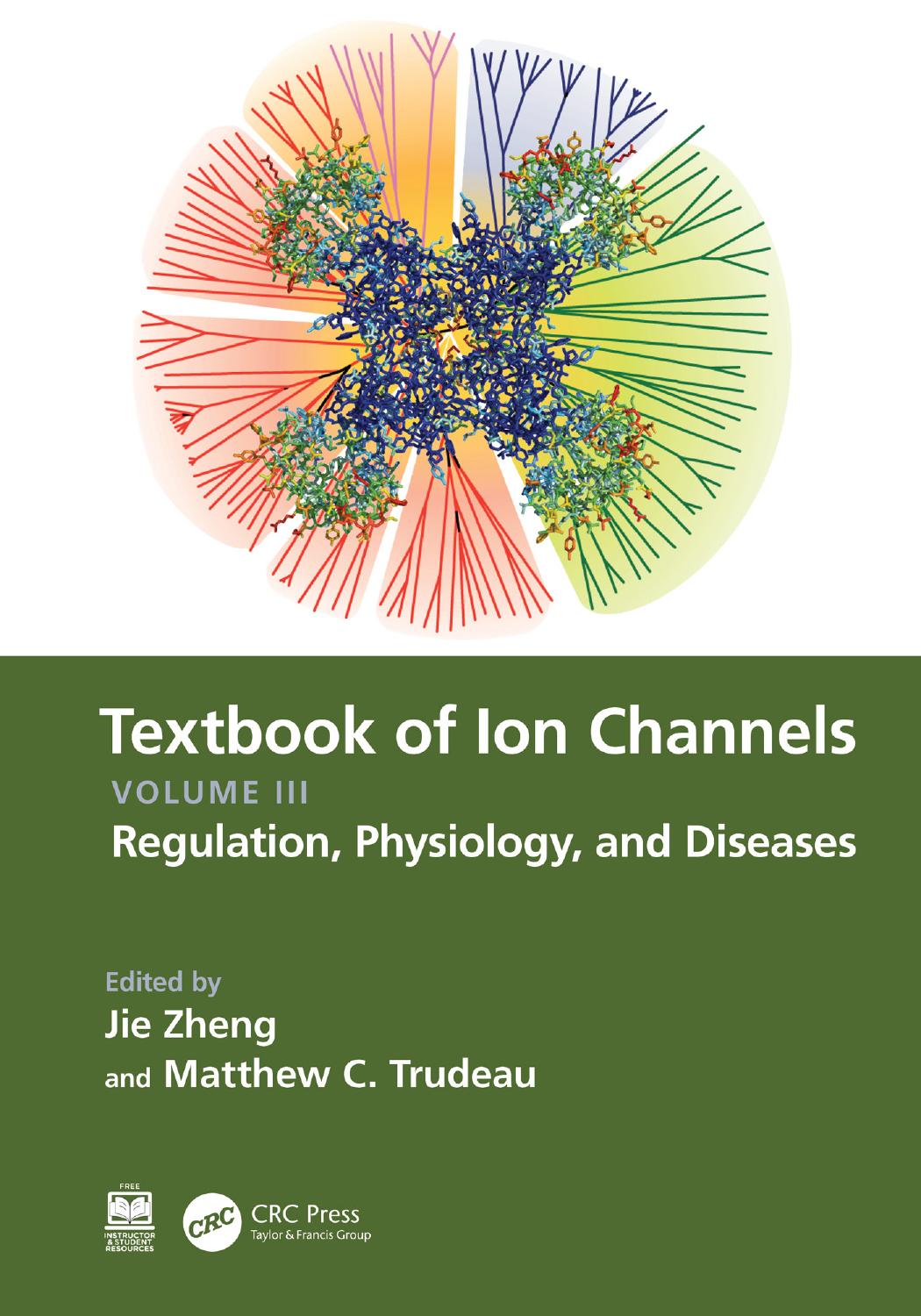

Most ebook files are in PDF format, so you can easily read them using various software such as Foxit Reader or directly on the Google Chrome browser.
Some ebook files are released by publishers in other formats such as .awz, .mobi, .epub, .fb2, etc. You may need to install specific software to read these formats on mobile/PC, such as Calibre.
Please read the tutorial at this link: https://ebookbell.com/faq
We offer FREE conversion to the popular formats you request; however, this may take some time. Therefore, right after payment, please email us, and we will try to provide the service as quickly as possible.
For some exceptional file formats or broken links (if any), please refrain from opening any disputes. Instead, email us first, and we will try to assist within a maximum of 6 hours.
EbookBell Team

5.0
68 reviewsTheTextbook of Ion Channels is a set of three volumes that provides a wide-ranging reference source on ion channels for students, instructors, and researchers. Ion channels are membrane proteins that control the electrical properties of neurons and cardiac cells, mediate the detection and response to sensory stimuli like light, sound, odor, and taste, and regulate the response to physical stimuli like temperature and pressure. In non-excitable tissues, ion channels are instrumental for the regulation of basic salt balance that is critical for homeostasis. Ion channels are located at the surface membrane of cells, giving them the unique ability to communicate with the environment, as well as the membrane of intracellular organelles, allowing them to regulate internal homeostasis. Ion channels are fundamentally important for human health and diseases, and are important targets for pharmaceuticals in mental illness, heart disease, anesthesia, pain and other clinical applications. The modern methods used in their study are powerful and diverse, ranging from single ion-channel measurement techniques to models of ion channel diseases in animals, and human clinical trials for ion channel drugs.
Volume III includes coverage of key ion channel regulators and their mechanisms, the role of ion channels working in concert in selected physiological systems, and examples of ion channel mutations and dysfunction in a selection of diseases. Chapters on ion channel regulation include splice variants, calcium-calmodulin regulation, regulation by G-proteins, and lipids. A selection of ion channels in physiological systems includes ion channels of the heart, ion channels in immune cells and their role in pancreatic beta cells and regulation of insulin secretion, and the role of channels in sperm and eggs. While disease mechanisms are integrated into the chapters of Volume II, Volume III offers special consideration of ion channels in epilepsy, cystic fibrosis, and pain syndrome
…